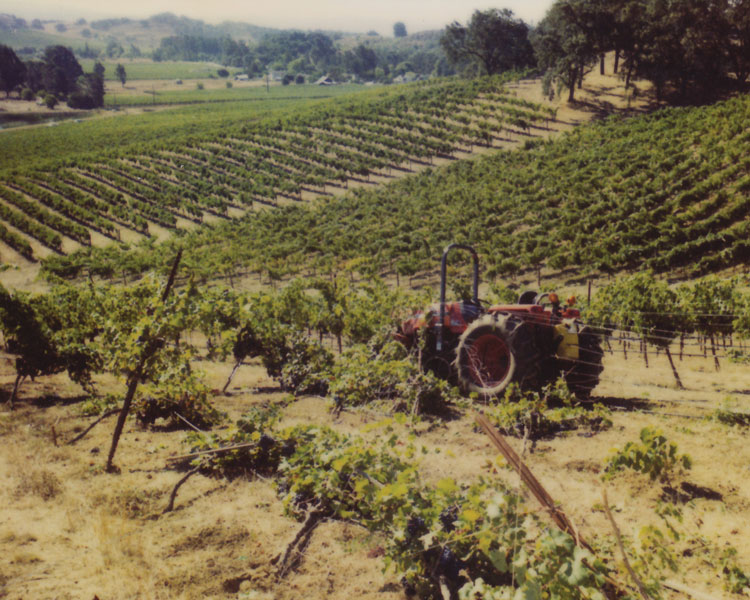Paradise Lost
It should have been a glorious adventure; instead, it was ominous. The Sinskey clan, together again, embarked on a road trip this past August to deliver the youngest to an Oregon college. It was one of those trips you fantasize about… a Chevy Chase Vacation movie in real life, complete with an overloaded station wagon and a dysfunctional family. But instead of a comedy, it turned into a tragedy. It started with an aroma like a campfire, then a huge mushroom cloud of smoke could be seen wafting up behind the mountains. As we drove, the sky darkened and the smoky haze dropped to road level. It was like driving through an apocalyptic landscape. Patches of charred land met the road. Warning signs directed traffic away from the closed mountain roads. Helicopters and planes flew overhead. We kept driving, hoping it would improve. It didn’t. Only when we arrived in Portland did the smoke subside and we could breath easy again.
Our spirits lifted as we moved our daughter into her dorm room and tears were shed as we left. Then we had to drive back through the smoke on our return home. It lasted for what seemed like forever. I think I was experiencing PTSD.
That was August. Now it is November and I am heading back to the Bay Area after a series of wine shows on the Hawaiian Islands. I am about to return to my region covered with smoke from the most destructive and deadly fire in California history. It seems strange that, just one year after the wine country fires set the record for the most destructive and deadly fires in California history, we are now faced with an even bigger one that wiped the town of Paradise off the map and killed scores of people.
On the drive to the island airport, my Uber driver asked me questions about the fire and the President’s comments that the cause was poor land management. I had to agree that land management is part of the problem but the issue is much larger and more complex. It was predicted more than 25 years ago that climate change would lead to extremes in weather and an increase in the quantity and intensity of California wild fires. We discussed how environmentalism should be consistent with conservative values, as protecting the environment is sound business. Currently Napa is seeing fewer tourists as the smoke scares guests away. Last year, the fires caused millions of dollars of damage to RSV properties, vines and grapes. The total damage for Napa and Sonoma is in the three billion dollar range. Left unchecked, climate change will lead to the acidification of the oceans and the bleaching and death of coral reefs – just one of the attractions that provide tourist dollars to Hawaii, as well as habitat for the small fish that feed the large fish that feed us. We need to look forward and embrace new technologies that will allow us to live the life we are used to while inflicting less damage to the planet. This will take real, visionary leadership to realize. Looking to past industrial glories will only secure our place on the endangered list.
The difference between historic climate and extinction events and the one we are now living through is that we are cognizant of the destruction we are inflicting on our planet and we have the tools to heal our ailing earth…. that is, if we have the will to embrace change to protect the environment.
Rob Sinskey




